iPhone 6S vs Samsung Galaxy S6 Edge
Two smartphone giants battle it out
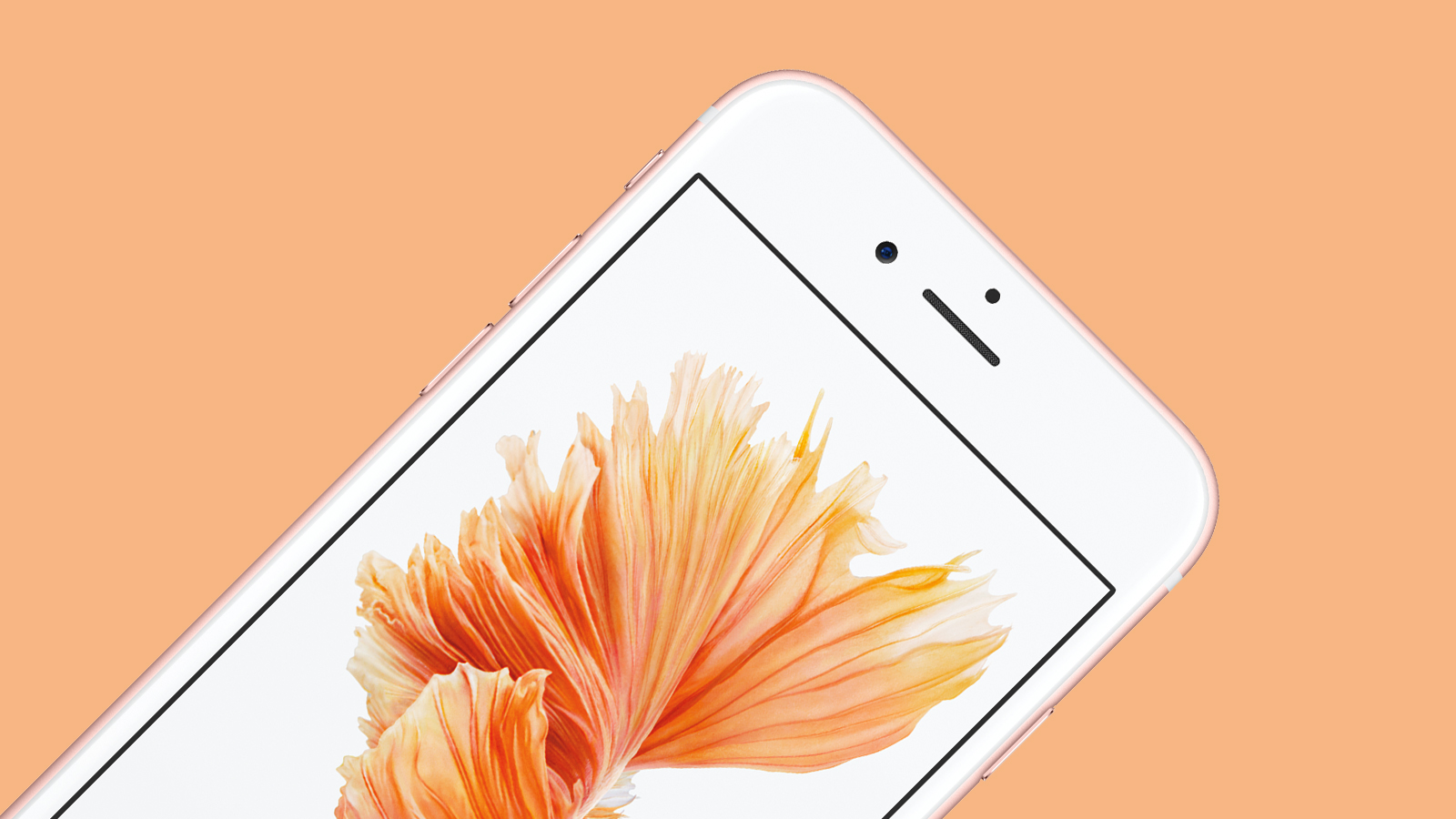
The Samsung Galaxy S6 Edge is not only one of the most beautiful smartphones Samsung has ever built but one of the best and most stylish handsets ever.
A premium design, stunning screen, innovative features and loads of power propel it close to the top of the pile. But Apple's phones have always enjoyed a place at or near the top of the smartphone heap and the iPhone 6S is no exception, with a beautiful build of its own and plenty of flagship features.
Design
The iPhone 6S inherits a lot from the iPhone 6, with a similar metal unibody and a slim 7.1mm build. It looks great and oozes premium appeal, but it also looks like last year's phone.
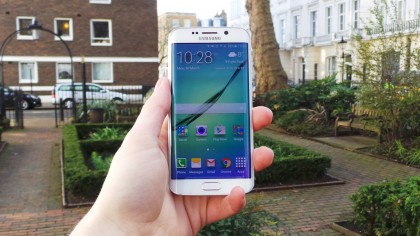
The Samsung Galaxy S6 Edge on the other hand is something a little different. Its metal frame and glass back may conjure visions of the Sony Xperia Z3+ but with a more rounded design, not to mention a dual curved display, it's actually quite unique and sure to turn heads. It's also ever so slightly slimmer than Apple's phone at 7.0mm thick.
Display
The iPhone 6S has a 4.7-inch screen with a 1334 x 750 resolution with a pixel density of 326 pixels per inch, which is the same as the iPhone 6 and dwarfed by the Samsung Galaxy S6 Edge's 5.1-inch 1440 x 2560 display.
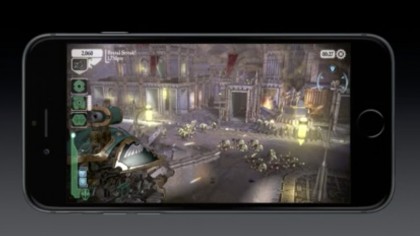
That gives it a ludicrously high pixel density of 577 pixels per inch, which is arguably overkill, but there's no denying that it's sharper than a razor blade and with the help of Super AMOLED screen technology it's rich and vivid too, though the iPhone 6S with its IPS LCD screen tends towards slightly more natural colours.
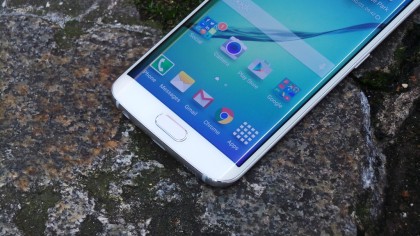
The other thing we have to mention here is the dual curved design of the S6 Edge's screen. Not only does it look good but it actually adds new features to the phone. Though, er, nothing particularly vital.
Get daily insight, inspiration and deals in your inbox
Sign up for breaking news, reviews, opinion, top tech deals, and more.
The main feature is the ability to get an overview of notifications and messages on the edge screen without lighting up the main display, but it's limited and temperamental.
Power and performance
One thing you can always count on from a new flagship is more power and the iPhone 6S doesn't disappoint. It has a new Apple A9 processor, which should give it a significant boost over the iPhone 6.

The Samsung Galaxy S6 Edge has plenty of oomph too though, with 3GB of RAM and an octa-core Exynos 7420 processor, which has four cores clocked at 2.1GHz and the other four running at 1.5GHz. It's an extremely fast phone but we expect the iPhone 6S will offer similar real world performance.
Camera
The Samsung Galaxy S6 Edge is capable of taking sublime photos and it's no wonder given it has a powerful 16MP snapper with optical image stabilisation on the back and a 5MP camera on the front. It's fast, full of options and strong in almost all conditions.
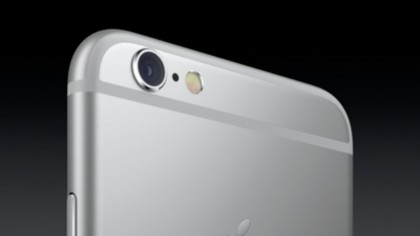
It's too early to say exactly how good the iPhone 6S's snapper will be, but it seems likely that it will be an upgrade over the already impressive camera on the iPhone 6, especially as it's been upped to a 12MP sensor on the back and a 5MP one on the front.
We'll let you know how it stacks up once we've thoroughly put it to the test, but we're optimistic that alongside the Galaxy S6 Edge it will be one of 2015's best camera phones.
OS
Your choice of OS is every bit as important as your choice of phone and there's quite a lot to choose between the iOS 9-equipped iPhone 6S and the Android Lollipop-powered Samsung Galaxy S6 Edge.
While both are slick and polished it is worth considering whether you'd rather tie yourself into Google's ecosystem or Apple's.
James is a freelance phones, tablets and wearables writer and sub-editor at TechRadar. He has a love for everything ‘smart’, from watches to lights, and can often be found arguing with AI assistants or drowning in the latest apps. James also contributes to 3G.co.uk, 4G.co.uk and 5G.co.uk and has written for T3, Digital Camera World, Clarity Media and others, with work on the web, in print and on TV.